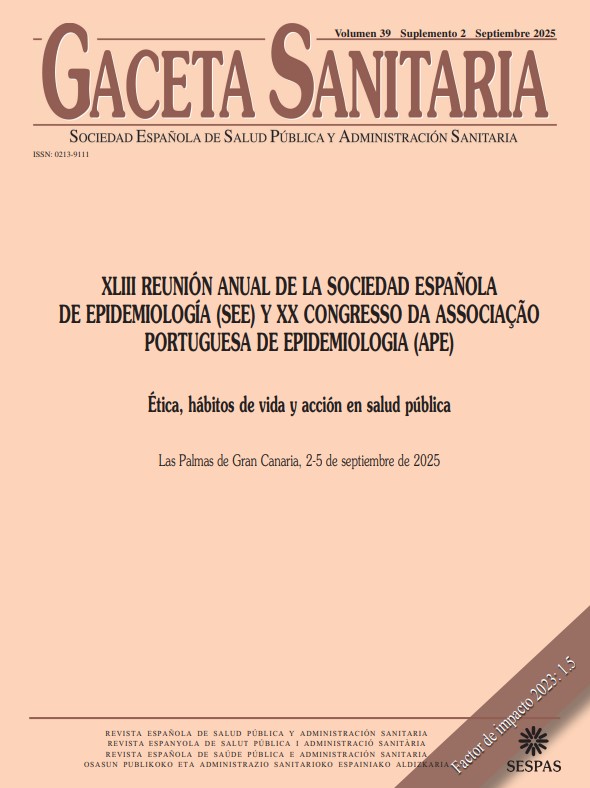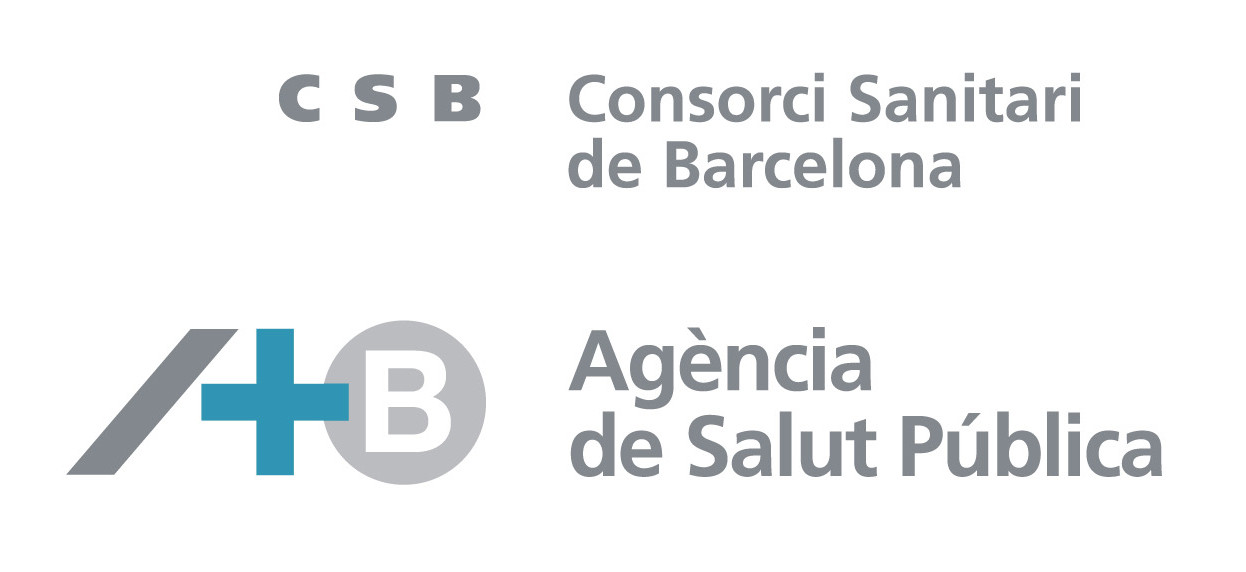400 - PREVALENCE AND RISK FACTORS FOR POST-COVID CONDITION 12 MONTHS AFTER A TEST: EVIDENCE FROM A PORTUGUESE REGION
NOVA National School of Public Health, Public Health Research Centre, Comprehensive Health Research Center, CHRC, REAL, CCAL, NOVA University Lisbon; Department of Epidemiology, National Institute of Health Doctor Ricardo Jorge.
Background/Objectives: PCC prevalence estimates vary widely. Additionally, its development is associated with multiple factors, from individual characteristics to the broader impacts of the pandemic. The aim of this study was to characterise the prevalence of symptoms 12 months after SARS-CoV-2 testing, comparing individuals with positive and negative test results, and to analyse the factors associated with the prevalence of Long COVID symptoms in individuals with a positive test in Lisbon and Tagus Valley.
Methods: Cross-sectional study with individuals randomly selected from the National Epidemiological Surveillance System (SINAVE) of Portugal. We included individuals who underwent a SARS-CoV-2 test in August 2022, resided in the Lisbon and Tagus Valley region, were 18 years or older, and consented to participate. PCC was defined as the presence of #1 1 symptom 12 months after testing. Prevalence (Pr) was estimated for participants with positive and negative test results, with the respective 95% confidence interval (95%CI). To study the factors associated with Long COVID, we considered individuals with a positive test and applied a robust Poisson regression to estimate prevalence ratios (PR), with the respective 95%CI.
Results: A total of 6,642 individuals were contacted, and the final sample included 699 individuals: 226 with a negative test and 473 with a positive test. PCC symptoms were slightly higher in individuals who tested positive (Pr: 41.65, 95%CI: 37.17; 46.24) than negative (Pr: 35.84, 95%CI: 29.59; 42.47), with confidence interval overlapping. Fatigue was the most prevalent symptom, particularly among positive individuals (Pr: 18.39, 95%CI: 15.00; 22.18 vs. 10.18, 95%CI: 6.56; 14.88). Factors associated with PCC symptoms were female (PR: 1.48 95%CI: 1.13; 1.96), age (PR: 1.01, 95%CI: 1.00; 1.02), number of symptoms during COVID-19 infection (PR: 1.06, 95%CI: 1.03; 1.09) and smoking (PR: 1.39, 95%CI: 1.08; 1.79).
Conclusions/Recommendations: Most of the symptoms analysed did not show a higher prevalence in those who tested positive, highlighting the need to distinguish these symptoms from other post-viral conditions and the broader effects of the pandemic. Factors associated with higher risk of PCC symptoms, highlight the importance of targeted follow-up and preventive strategies for these individuals. As our sample is predominantly composed of cases that did not require hospital care during the acute infection, the results also emphasise that symptoms can emerge in non-severe cases, representing a wider range of people at risk.















